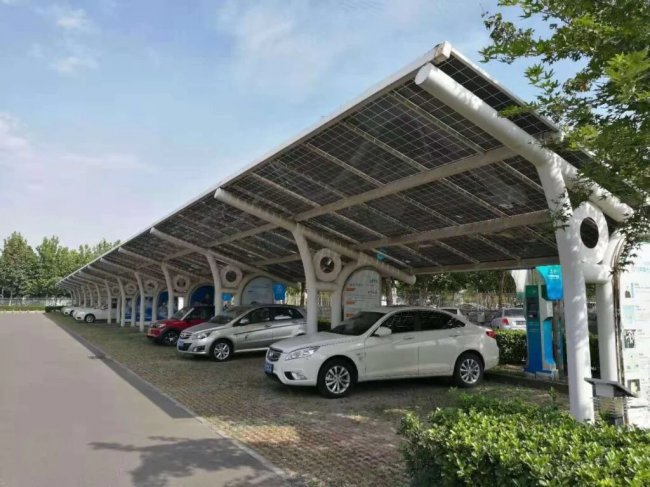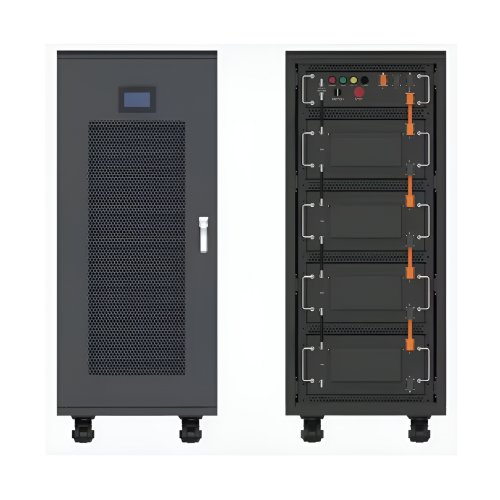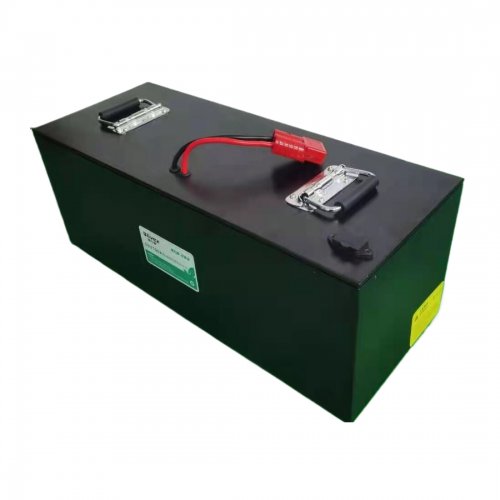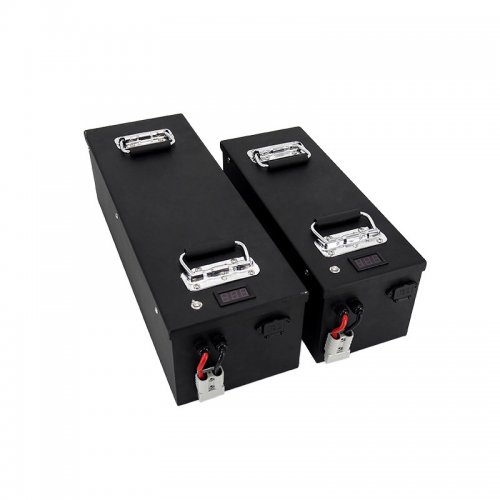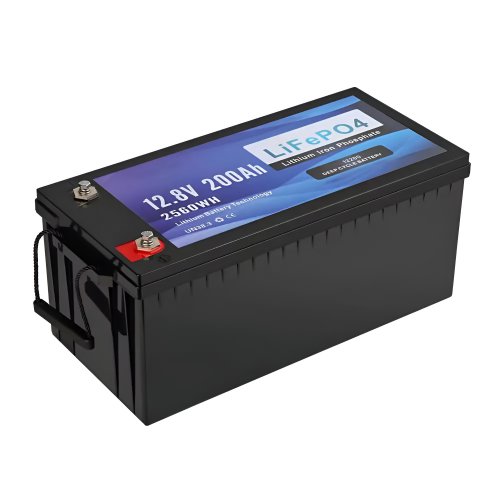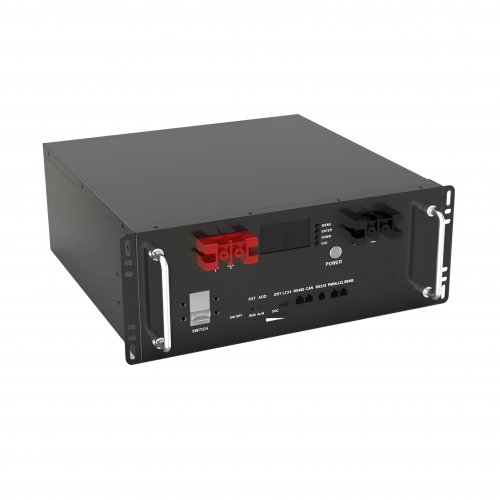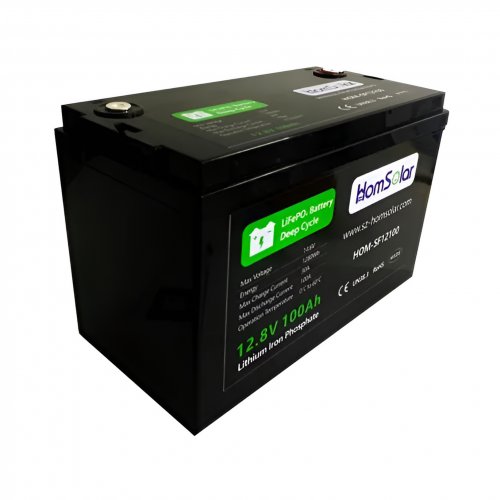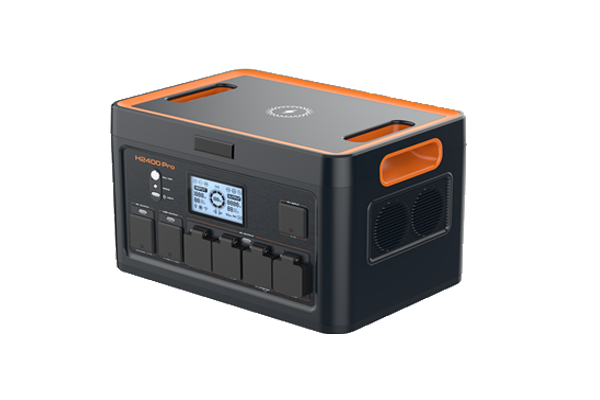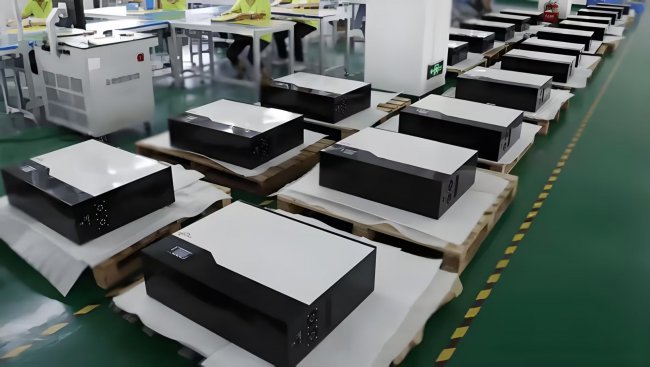Advances In Doping Strategies: From Precision Engineering To Novel Paradigms In Material Science
The controlled introduction of impurities, or dopants, into a host material—a process known as doping—remains a cornerstone of modern materials science and semiconductor technology. For decades, its primary application has been to tune the electrical properties of semiconductors, forming the basis of all electronic devices. However, recent years have witnessed a paradigm shift. Doping strategies have evolved from a blunt tool for carrier concentration control into a sophisticated discipline of precision engineering, enabling the manipulation of optical, magnetic, catalytic, and quantum properties. This article explores the latest research advances, technological breakthroughs, and future directions in this dynamically evolving field.
Precision Doping at the Atomic Scale
The relentless drive towards device miniaturization and the emergence of low-dimensional materials have necessitated doping control with atomic-level precision. Traditional methods like ion implantation and diffusion, while effective for bulk materials, often cause significant lattice damage and lack the spatial resolution required for nanoscale devices.
A major breakthrough has been the advent ofin situdoping during chemical vapor deposition (CVD) and molecular beam epitaxy (MBE). For two-dimensional materials like graphene and transition metal dichalcogenides (TMDs), researchers have achieved precise substitutional doping by introducing precursor gases containing heteroatoms (e.g., nitrogen or boron for graphene) directly into the growth chamber. For instance, a recent study demonstrated the synthesis of uniformly nitrogen-doped graphene, which exhibited exceptional electrocatalytic activity for the oxygen reduction reaction, a critical process in fuel cells (Wang et al., 2022). Thisin situapproach ensures a more homogeneous dopant distribution and minimizes defects compared to post-synthesis treatments.
Furthermore, scanning probe microscopy techniques have been repurposed from characterization tools to nanofabrication instruments. Using a scanning tunneling microscope (STM) tip, scientists can now manipulate individual atoms on a surface, either by selectively desorbing atoms to create vacancies or by directly placing dopant atoms into specific lattice sites. This "atomic calligraphy" has been successfully employed to dope silicon surfaces with phosphorus atoms, creating atomically precise donor qubits for quantum computing applications (Kaiser & Barthe, 2023). This represents the ultimate limit of doping precision, where a single dopant atom can define the functionality of a quantum device.
Strain and Field-Effect Doping: Non-Destructive Alternatives
Recognizing the limitations of chemical doping, particularly the introduction of disorder, researchers have developed powerful non-destructive alternatives. Strain engineering involves applying tensile or compressive stress to a material to modify its electronic band structure. By depositing materials on stretchable substrates or creating nanostructures with inherent strain, it is possible to induce significant changes in carrier mobility and even cause semiconductor-to-metal transitions. This "strain doping" avoids the introduction of foreign atoms altogether, preserving the intrinsic crystal quality.
Equally transformative isfield-effect doping, which uses an external electric field to accumulate or deplete charge carriers in a material. This is the principle behind the field-effect transistor. Its application has been extended to low-dimensional systems where the electric field can heavily dope an entire nanomaterial. A prominent example is the use of ionic liquids as gate dielectrics. These liquids can form a nanometer-thick, high-capacitance "electric double layer" at the interface with a material, allowing for very high carrier densities to be induced—a phenomenon known as electrostatic doping. This technique has been pivotal in exploring phase transitions, such as inducing superconductivity in insulating materials and controlling magnetism in layered magnets (Fiori et al., 2021).
Doping for Novel Functionalities Beyond Electronics
The scope of doping has expanded far beyond silicon electronics. In the field of photocatalysis and optoelectronics, doping is used to create intermediate energy states within the bandgap of semiconductors. This allows for the absorption of a broader spectrum of light, crucial for enhancing the efficiency of water-splitting catalysts and solar cells. For example, doping graphitic carbon nitride with sulfur and potassium has been shown to significantly boost its photocatalytic hydrogen evolution performance by improving charge separation and light-harvesting capabilities (Zhang & Antonietti, 2023).
In quantum materials, doping is a key tool for exploring emergent phenomena. In topological insulators, carefully calibrated doping can help suppress bulk conductivity, allowing the exotic surface states to dominate transport. In complex oxides, doping is used to trigger dramatic phase transitions, such as from an antiferromagnetic insulator to a ferromagnetic metal, with potential applications in novel memory devices and neuromorphic computing.
A frontier area is the doping of metal-organic frameworks (MOFs) and covalent organic frameworks (COFs). By incorporating molecular dopants or metal ions into the porous structures of these materials, researchers can precisely tailor their conductivity, gas adsorption selectivity, and catalytic activity, opening new avenues for smart sensors and advanced separation technologies.
Future Outlook and Challenges
The future of doping strategies lies in increasing intelligence, multifunctionality, and dynamic control. Several promising directions are emerging:
1. Machine Learning-Accelerated Discovery: The vast parameter space of dopant elements, concentrations, and spatial configurations is ideal for machine learning (ML) algorithms. ML models can predict the optimal doping strategy to achieve a target material property, dramatically accelerating the discovery of new materials for specific applications, from high-temperature superconductors to high-efficiency thermoelectrics. 2. Dynamic and Reversible Doping: The next generation of adaptive devices will require doping levels that can be tuned in real-time. Combining field-effect doping with stimuli-responsive materials, such as ferroelectrics or phase-change materials, could lead to transistors and catalysts whose properties can be dynamically reconfigured. 3. Co-doping and Complex Defect Engineering: Future efforts will focus on the synergistic use of multiple dopants (co-doping) to achieve functionalities impossible with a single element. This includes carefully balancing n-type and p-type dopants or creating specific defect complexes that act as quantum emission centers for photonic applications.
Despite the progress, significant challenges remain. Achieving 100% dopant activation without diffusion or clustering, especially in ultra-scaled devices, is a persistent issue. For 2D materials, controlling dopant distribution uniformly across large areas is non-trivial. Furthermore, a deeper theoretical understanding of the interaction between dopants and the host lattice's phonon structure is needed to minimize detrimental effects on thermal conductivity.
In conclusion, doping strategies have transcended their traditional role. They are now a versatile and powerful toolkit for engineering matter from the atomic scale up, driving innovations across electronics, energy, and quantum technologies. The shift from empirical recipes to precision design, aided by advanced characterization and computational tools, promises to unlock a new era of functional materials whose properties are dictated by controlled imperfection.
References:Fiori, G., Bonaccorso, F., Iannaccone, G., Palacios, T., Neumaier, D., Seabaugh, A., ... & Colombo, L. (2021). Electronics based on two-dimensional materials.Nature Nanotechnology, 16(8), 874-887.Kaiser, S., & Barthe, M. F. (2023). Atom-scale fabrication: towards automated single-atom devices.Journal of Physics: Condensed Matter, 35(19), 193001.Wang, J., Ma, X., Zhou, M., Wang, L., & Li, J. (2022. ) Scalable synthesis of nitrogen-doped graphene sheets for efficient electrocatalytic oxygen reduction.Advanced Energy Materials, 12(15), 2103678.Zhang, Y., & Antonietti, M. (2023). Elemental doping and heteroatom coordination in carbon nitride for solar fuel production.ChemSusChem, 16(4), e202201847.
Customized/OEM/ODM Service
HomSolar Supports Lifepo4 battery pack customization/OEM/ODM service, welcome to contact us and tell us your needs.


HomSolar: Your One-stop LiFePO4 Battery Pack & ESS Solution Manufacturer
Our line of LiFePO4 (LFP) batteries offer a solution to demanding applications that require a lighter weight, longer life, and higher capacity battery. Features include advanced battery management systems (BMS), Bluetooth® communication and active intelligent monitoring.

Customised Lithium Iron Phosphate Battery Casing
ABS plastic housing, aluminium housing, stainless steel housing and iron housing are available, and can also be designed and customised according to your needs.

HomSolar Smart BMS
Intelligent Battery Management System for HomSolar Energy Storage System. Bluetooth, temperature sensor, LCD display, CAN interface, UART interface also available.


Terminals & Plugs Can Be Customized
A wide range of terminals and plugs can be customised to suit the application needs of your battery products.

Well-designed Solutions for Energy Storage Systems
We will design the perfect energy storage system solution according to your needs, so that you can easily solve the specific industry applications of battery products.



About Our Battery Cells
Our energy storage system products use brand new grade A LiFePO4 cells with a battery lifespan of more than 4,000 charge/discharge cycles.



Applications in Different Industries
We supply customized & OEM battery pack, assemble cells with wiring, fuse and plastic cover, all the cell wires connected to PCB plug or built BMS.
Applications: E-bike, Electric Scooter, Golf Carts, RV, Electric Wheelchair, Electric Tools, Robot Cleaner, Robot Sweeper, Solar Energy Storage System, Emergency Light, Solar Power Light, Medical Equipment, UPS Backup Power Supply.
We can provide you with customized services. We have the ability to provide a vertical supply chain, from single cells to pack/module and to a complete power solution with BMS, etc.


HomSolar (Shenzhen) Technology Co., Ltd









